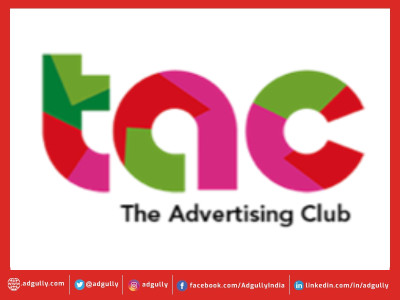David vs Goliath: How performance marketing gives smaller brands an equal footing to compete in the digital arena
Authored by Vatsal Rajgor, Co-Founder & CEO, DigiMaze
David vs Goliath - A phrase that is used to describe an underdog who can take on giants. It stands for a situation in which a novice faces a far larger entity and competes against them to come out stronger. This scenario applies perfectly to smaller brands competing in the digital space. Employing effective, data-driven marketing strategies can help them become successful.
In the digital arena, employing performance marketing allows smaller entities to compete with far larger ones, not just for the sake of competing, but to win. The right strategy can allow smaller and medium-sized firms to identify their strengths and give them the ability to win against bigger competitors.
In the current scenario, the pandemic has coerced companies to build a strong presence digitally. Effective digital marketing strategies assist brands to sell their items and grow their operations in e-commerce marketplaces and reach out to the right customer base.
Performance marketing boosts brands' capabilities
Performance marketing allows businesses and brands to build their digital presence while proactively studying their customers' behaviour and comprehending the emotions that drive their actions. This is only possible if brands consider client expectations in terms of content, service, or product. This in turn enables their growth and helps expand their target audience.
According to the MMA- Group M reported that 350 million Indian customers are expected to make online purchases by 2025 based on the digital ads shown. This is a jump from 150 million online buyers in 2020.
As a technique, performance marketing uses the data from audience intelligence resources to gain a deeper understanding so companies can reach out to specific target audiences by wielding deterministic, affinity signals based on product research.
The last few years have taught retailers to target and segment their consumers perfectly so as to get a better ROI. The consumer experience doesn't end at the storefront. Online customer experience is as essential as the in-store one, and as 2022 progresses, we are seeing an increasing number of retailers starting to accept this. As a result, small brands interact with their customers in innovative ways using performance marketing. Technology is being used by brands to improve their in-store and online experiences as well. And it doesn’t have to be behemoth corporations. Even smaller companies, by leveraging data, can form robust marketing strategies and compete with their rivals, regardless of their size.
Helps generate ROI
Performance Marketing has made it quite easy for brands to acquire and generate clients globally. This is achievable as agencies using this digital strategy already possess their own audiences, which helps brands to increase traffic on their websites. These strategies can be enabled in real-time via measurable results, which has a direct impact on ROI. With performance marketing, brands may reach a large audience and expand tremendously both locally and internationally.
While setting a digital marketing budget, marketers should keep in mind expenses for paid ads, marketing personnel costs, creating an impressive, user-friendly website and the cost associated with it. They should also keep in mind the cost of various software purchased to conduct marketing activities, and other expenses that the marketing team may be required to incur for achieving the overall goals of the company. A standard budget for marketing investment should be set aside between 5% to 7% for covering your sales and marketing expenses.
Creation of a good user-friendly website:
Creativity is an important performance marketing element which helps in making the brand extraordinary. Even the most minuscule thing, like having a good website matters a lot. Any brand that wishes to compete and win digitally against its competitors should make sure that they possess a well-designed, user-friendly website. For starters, the use of specific keywords can go a long way. Having a mobile-friendly design also helps a lot because customers don’t have to zoom in for reading and understanding the content. The website should load quickly as most customers prefer an instant loading website for viewing. In case if the loading time is too long the consumer drops off, leaving behind a displeasurable taste of the brand. Having said that, small changes affect the overall user journey and are a critical aspect of the website.
Leverages a data-driven approach
The data explosion has commenced extensive opportunities for small and big businesses. Data has powered smarter businesses to incorporate AI and the agility of the hybrid cloud to better forecast and shape future outcomes and automate choices. The help of performance analytics helps small and mid-sized brands track and monitor the performance of the organization in terms of health and growth.
The technology at their disposal and the might of data backing them helps less established companies easily stand their ground and even flourish when they apply the right performance marketing strategies and etch out a successful path for their sustenance and their future.
















Share
Facebook
YouTube
Tweet
Twitter
LinkedIn